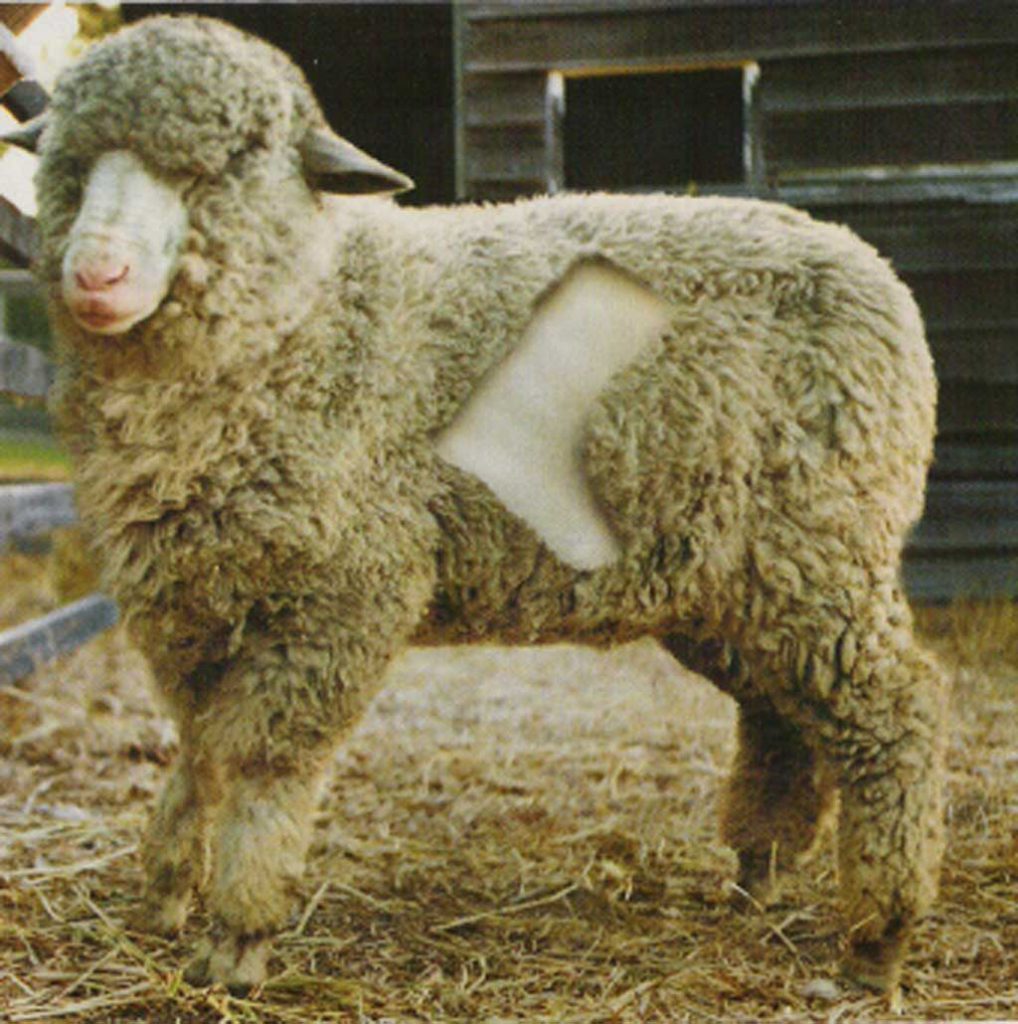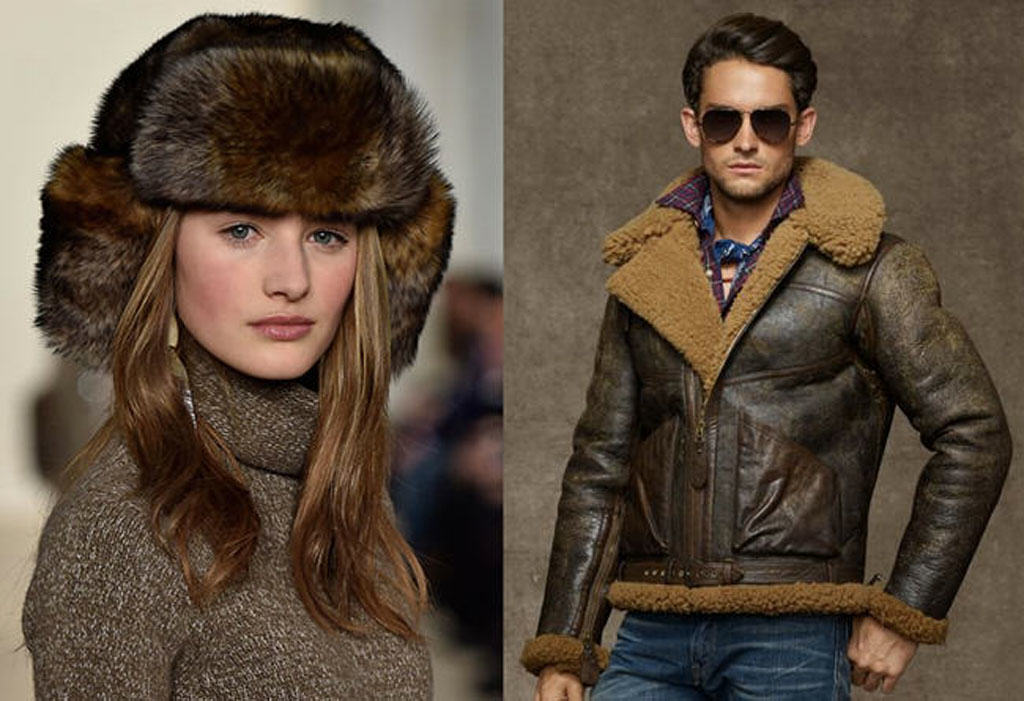Something that keeps writers like me employed is that no matter how good we are at spreading the truth, when…
Read More

Something that keeps writers like me employed is that no matter how good we are at spreading the truth, when the next generation comes along there are things we have to teach all over again. Such is the case with the clothing material popularly known as sheepskin, lambskin or shearling. And the lesson that needs constant repetition is that it is not wool, it is sheep fur, and animals die to produce it.
In defence of those who find this confusing, it's true that the word "fur" is popularly used to mean the skin and hair (or pelt) of particular types of animal, like mink or fox. But in fact, every hairy animal can provide fur, including sheep, which do so in vast amounts. We just don't call it fur. Sheep fur is variously called sheepskin or lambskin, while the fur of a sheep which has been recently sheared is called shearling.
And just for total clarity, when we use sheep hair without the skin attached, it's called wool, and no animals are killed to produce it.
In the context of the great fur debate, these are important distinctions because many people are wearing fur without even knowing it, including some people who should know better.
Pam's Ugg Boots

The most memorable case of someone not being able to put two and two together was Pamela Anderson. During her Baywatch days, she almost single-handedly turned Ugg sheepskin boots into a major fashion trend. She then took up the cudgels for PETA, campaigning against the practice of mulesing sheep while still wearing her trademark Uggs.
For some unknown reason, PETA decided not to tell Pam what Uggs were made of, but finally the penny dropped. "I'm getting rid of my Uggs," she wrote on her website in 2007. "I feel so guilty for that craze being started around my Baywatch days. I used to wear them with my red swim suit to keep warm never realizing that they were SKIN! I thought they were shaved kindly. People like to tell me all the time that I started that trend - yikes!"
"It's Clear It's Sheep's Wool" – Vogue
But the point here is not just to have a laugh at Pam's expense. She is a high-profile example of a pervasive ignorance found not only among the general public but even in the world of fashion.
This November, Vogue (UK) interviewed Gucci's new handler, the Humane Society of the US, about the brand's decision to go "fur-free". As we shall see, there's cause for scepticism when brands like Gucci, which use a lot of shearling, make this claim. Will they be dropping all furs, including sheep fur, or just the mink and fox?
Never fear, reported Vogue's interviewer, Emily Farra; Gucci had all the bases covered. "Gucci has already made its signature Princetown loafers in lamb, sheep, goat, and alpaca fur, which do not require the animals’ pelts," she wrote. Really? What is "alpaca fur" if it's not a pelt? More significantly, Gucci is quite open about its sheep-based Princetown loafers being lined with shearling, and, yes, that means the whole pelt – skin and hair.
We called out Ms. Farra on Twitter, but she refused to see the light ...

Animal Rights Groups, Designer Brands Conspiracy

Ignorance about sheep fur persists in part because neither designer brands that use it, nor the animal rights groups that handle them, are forthcoming with the truth. It's a trade-off. In return for brands declaring themselves "fur-free", their animal rights handlers turn a blind eye to the fact that sheep pelts are fur.
SEE ALSO: Why is Giorgio Armani really quitting fur?
A shameless example of this duplicity is Ralph Lauren. Since 2006, it has been "100% fur-free" and compliant with "PETA guidelines". In reality, it uses a huge amount of sheep fur, often disguising it as other types of fur, necessitating the following footnote to the show notes of a recent collection: "Ralph Lauren has a long-standing commitment to not use fur products in our apparel and accessories. All fur-like pieces featured in the collection are constructed of shearling."
Talk about double-speak! Both Ralph Lauren and PETA are surely aware that shearling is fur, and yet they insult our intelligence by pretending otherwise. And they get away with it because, as Pam Anderson and others have proved, intelligence is in short supply where sheep fur is concerned.
For anyone who still doesn't get it, here's the short version: Sheepskin, lambskin and shearling are all fur. And yes, animals die to produce them.










